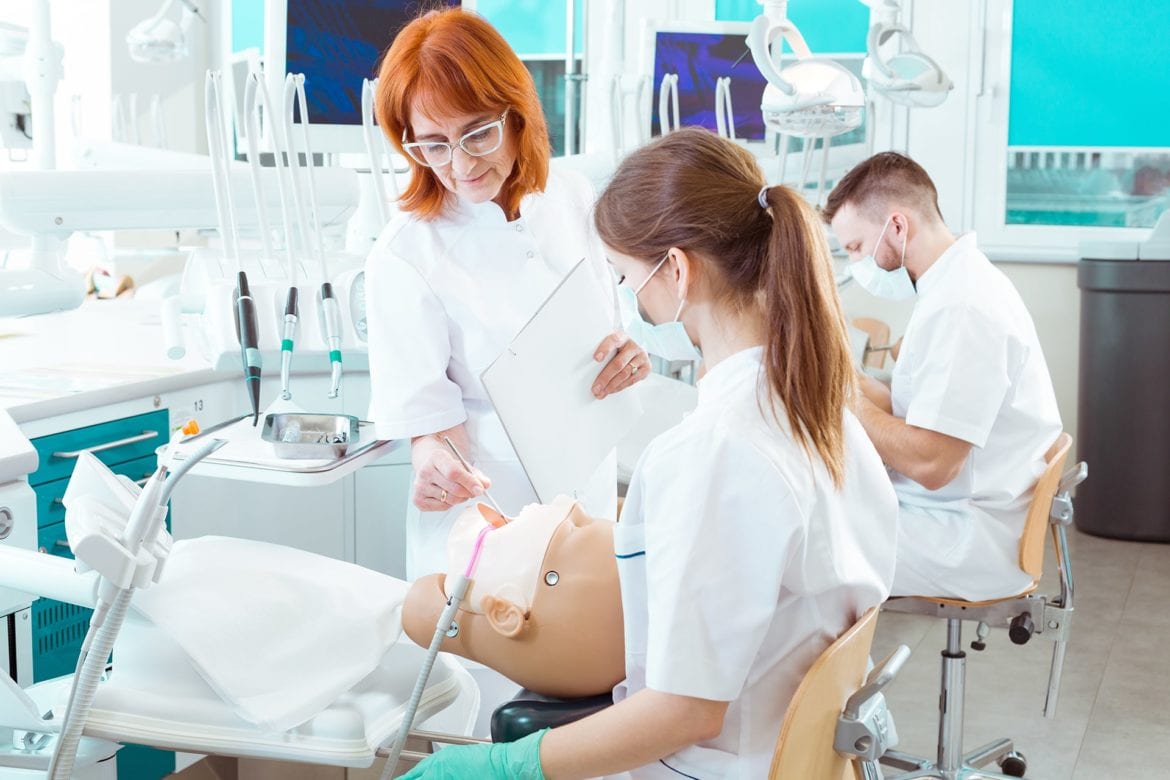Brandi Lantz already planned to return home to southeastern
Ohio to practice dentistry, but now Ohio State University’s College of
Dentistry has provided an incentive. The school awarded her a four-year
scholarship worth $40,000 — provided she works in an area underserved by
dentists after she graduates.
Lantz is among eight first-year dental students who have been chosen from among 23 applicants for the first year of the CARE (Commitment to Access, Resources and Education) program. Dentistry college Dean Patrick Lloyd plans to add up to 10 first-year students per year to participate in the program through their four years in dental school. With tuition costing $47,000 a year, the $10,000 annual scholarship is significant.
“It’s really important,” said Lantz, 27, who is from Coolville in Athens County and plans to return to the area to practice. “You may not be making as much money, and it could help in paying back student loans.”
Lantz, whose husband, Joseph Lantz, 30, is finishing medical
school at Ohio University and plans to practice emergency medicine,
said she always has known that she would practice dentistry in Athens
County or nearby. She said she likes and understands the communities in
the region and the challenges.
“I understand that there are certain disparities, including in income or in geographic isolation, and that there’s a lack of dental providers in the area,” she said. “I understand and sympathize because I grew up there.”
The Ohio State Dental Program
The Ohio State program emerged as part of a $95 million
dental school expansion, including $26 million in state capital budget
funding. The project will add 132,000 square feet of classroom and
clinic space when it’s completed in the spring of 2020, including enough
space to increase yearly class size from 110 to 120 students, the dean
said.
The extra 10 students will be in the CARE program. In addition to taking the regular dental school curriculum, participants must agree to additional training including monthly meetings with public health professionals and others to discuss issues that patients in underserved areas face. Those may include lack of transportation and lack of insurance.

